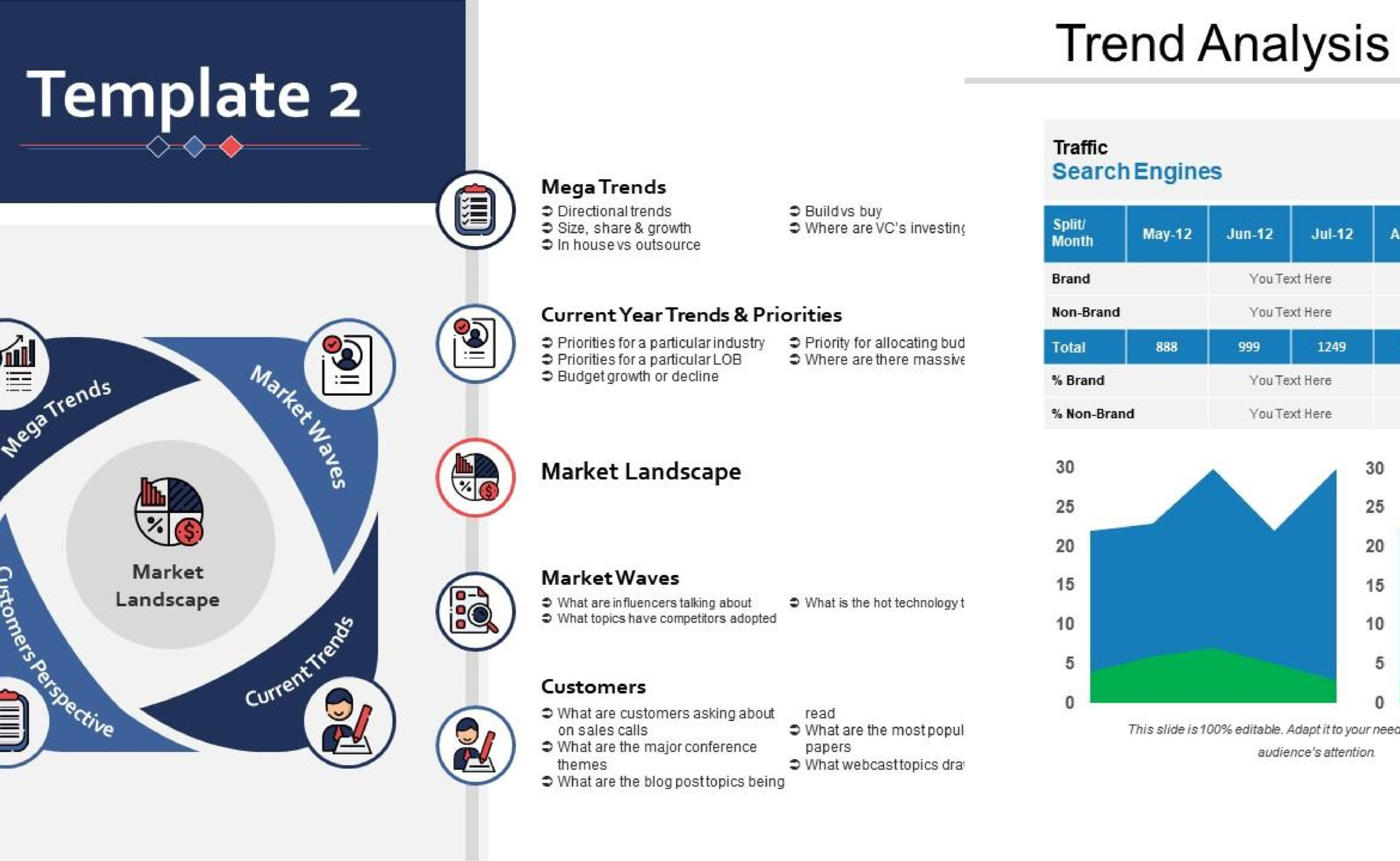In the domain of anti-money laundering (AML) compliance, customer due diligence (CDD) requirements have become essential for effective risk management, particularly in high-stakes financial activities such as mergers and acquisitions (M&A). A comprehensive approach to CDD helps ensure a thorough understanding of a client’s risk profile, protecting businesses from financial crimes and regulatory penalties. In 2020, assessing core areas of financial health, such as the assumptions behind earnings forecasts and the quality of cash flow, was ranked as the top due diligence priority for successful M&A transactions. However, only 3% of M&A professionals in Romania considered sustainability as a crucial due diligence factor that highlights the focus on immediate financial viability over emerging ESG concerns. This guide explores the fundamental CDD requirements, offering insights into essential practices that support sound AML risk management and successful compliance.
What are the CDD Requirements in AML?
CDD requirements in AML are a set of protocols that financial institutions and businesses follow to identify and verify the identity of their clients, assess their risk levels, and ensure compliance with anti-money laundering regulations. The primary goal of CDD in AML is to protect organizations from involvement in illegalities. Implementing these requirements helps organizations accurately evaluate each client’s background, financial activities, and risk factors.
AML Customer Due Diligence Requirements: A Step-by-Step Guide
Meeting AML customer due diligence requirements involves specific steps that businesses must integrate into their onboarding and monitoring processes. Here’s a breakdown of the critical AML customer due diligence demands:
1. CIV
The first phase in the AML CDD process is customer identification and verification. This step requires organizations to gather and confirm essential data about a client, including their full name, DoB, address, and identification documents. By verifying the client’s identity, businesses can reduce the risk of fraudulent accounts and safeguard their systems against money laundering attempts.
2. Risk-Based Assessment
Risk-based assessment plays a significant role in AML CDD requirements. By evaluating each client’s potential risk level, organizations can adopt a customized approach to client onboarding. Factors to assess include:
- Geographical Location: Higher risk can be associated with clients from countries with high AML risk.
- Type of Business: Certain industries, such as casinos or money services, may present a higher risk.
- Transaction Patterns: Regularly monitoring transaction patterns helps detect anomalies that could indicate suspicious activity.
3. Source of Funds and Wealth Verification
One of the critical elements in AML customer due diligence requirements is verifying the source of funds. This step ensures that funds used by clients for transactions come from legitimate sources, reducing the risk of being involved in illicit transactions. Collecting documentation that demonstrates a client’s income sources, employment, or business ownership adds another layer of security.
4. Enhanced Due Diligence (EDD) for High-Risk Clients
While CDD requirements apply to all clients, high-risk clients require an additional layer of inspection called enhanced due diligence (EDD). High-risk clients may include individuals from high-risk regions or industries, politically exposed persons (PEPs), or those with unusual transaction patterns. EDD goes beyond standard CDD by conducting an in-depth analysis, often involving further documentation and scrutiny.
Implementing EDD helps ensure that organizations have sufficient knowledge about high-risk clients to prevent association with money laundering activities. This extra measure provides a more robust defense against financial crime.
CDD and EDD in AML: Differences and Applications
Understanding the distinction between CDD and EDD is necessary for acquiescence with AML requirements. While both are integral parts of AML programs, their applications and intensity vary based on risk levels.
Customer Due Diligence (CDD)
CDD is a standard process used to confirm a client’s individuality and evaluate their threat level. It involves collecting identification documents, evaluating the client’s profile, and monitoring transactions for unusual patterns. CDD is applied to all clients but is generally less intrusive than EDD.
Enhanced Due Diligence (EDD)
EDD applies to high-risk clients and requires more comprehensive checks than CDD. It may involve collecting additional information, operating background inquiries, and confirming sources of wealth. EDD provides a deeper analysis of clients with a higher risk of money laundering.
Together, CDD and EDD create a multi-layered approach to customer verification, allowing organizations to meet AML requirements while minimizing risks.
Conclusion
Customer Due Diligence (CDD) requirements in AML are vital for safeguarding businesses against financial crimes and ensuring regulatory compliance. By following a client due diligence checklist, implementing a risk-based approach, and integrating enhanced due diligence for high-risk clients, organizations can build a solid defense against money laundering threats. While challenges exist, adhering to CDD requirements in AML promotes a safe financial ecosystem and reinforces client trust, ultimately contributing to a more secure business environment.
Read more: Betsy Aidem: A Versatile Talent in Theater, Television, and Film




